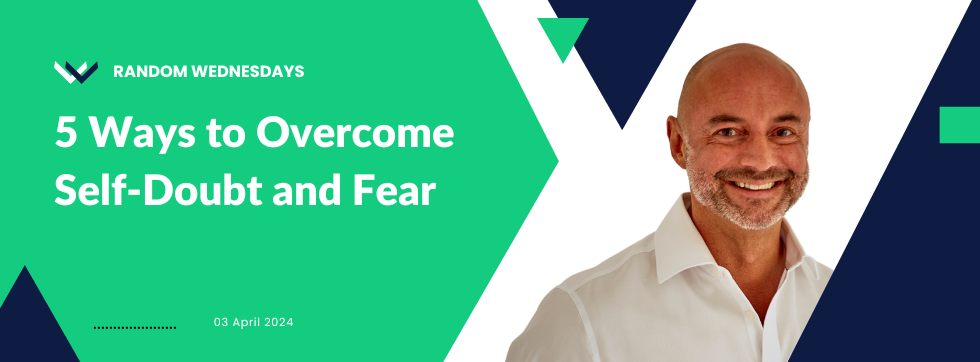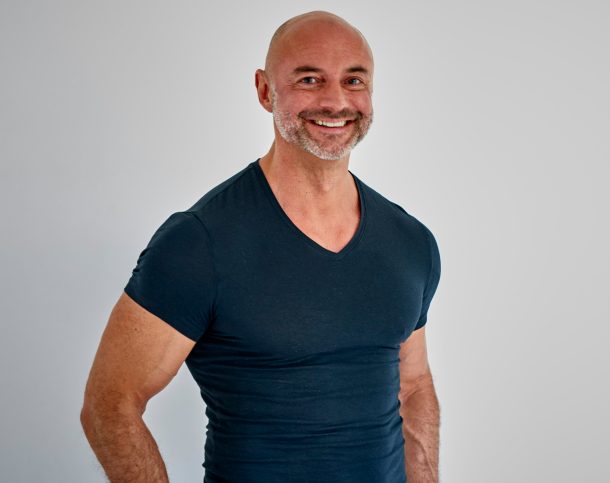Even Harry Houdini, the “World’s Greatest Escape Artist” struggled to be free from the chains of self doubt and fear!
As a coach you may also find yourself in a bind.
Shackled by anxious thoughts and insecure feelings.
Wondering how to free yourself and unlock your true potential.
In a transformative coaching session with my client “JK”, we delved into the challenges she faced as a newly certified coach.
And explored ways to help her overcome her internal restrictions so she could fully commit to her coaching practice.
In today’s issue, I’ll share 5 powerful insights from our conversation (and 5 actionable tips you may find helpful.)
Let’s dive in.
#1: Acknowledge your fears
The first step in overcoming self-doubt and fear is to acknowledge their presence.
During our session, JK shared her insecurities:
- the fear of failure
- the fear of missing out
- not being accepted for herself
She recognised these fears were holding her back from fully committing to her coaching practice.
By bringing them to the surface, she created space to acknowledge them head-on.
Rather than allowing them to control her from the shadows.
To help process her thoughts and feeling without fear she created a journalling practice.
Actionable Tip:
- Set aside 10 minutes for self-reflection.
- Journal about your fears, doubts, and insecurities.
- Acknowledge them without judgment.
- Explore how they may be impacting your coaching practice.
#2: Reframe your limiting beliefs
The only limits that exist are the ones in your own mind.
- “I’m not worth it”
- “I’m not good at maintaining relationships.”
We challenged JK’s beliefs by seeking evidence to the contrary.
Tapping into the positive feedback she’d received from her clients.
And reflecting on the value she’d already created in her coaching sessions.
By reframing her beliefs to align with real world feedback JK began to see herself in a new light.
Actionable Tip:
- Write down your top 3 limiting beliefs.
- Question its truth.
- Recall times you’ve proven these beliefs false.
- Understand the protective purpose behind the belief.
- Convert the belief into a positive affirmation that highlights growth.
- Take action aligned with your new positive belief.
#3: Embrace the discomfort
Stepping outside your comfort zone is where growth and transformation happen.
JK shared a powerful experience from a deep democracy training she undertook.
There she learned to embrace her rebellious energy and give others space.
By allowing herself to fully participate and speak her truth, JK felt alive and energised.
Embrace the discomfort that comes with being your authentic self.
1. Finding your voice.
2. Putting yourself out there.
These are two signs you’re stretching yourself and expanding your capabilities.
Actionable Tip:
- Identify one small action you can take each week that pushes you outside your comfort zone.
- This could be reaching out to someone new. Trying a new coaching technique, or sharing a vulnerable story with your audience.
#4: Set intentional commitments
From playing small, to playing full out. JK made a conscious commitment to shift how she showed up in her coaching practice.
Setting clear intentions for how she wants to be, both for herself and her clients.
Breaking down her commitments into manageable steps was crucial.
It allowed her to dedicate specific time blocks to her coaching work. And create her own personal leadership program using the Core E Dynamics process.
Holding herself accountable to these commitments. She is taking powerful steps towards going all in on her practice. Even when self-doubt creeps.
Actionable Tip:
- Create a “Commitment Calendar.” Schedule non-negotiable time blocks for your coaching practice.
- Treat these commitments as sacred appointments with yourself
#5: Practice self-compassion
One theme which consistently came to the surface was importance of practicing self-compassion.
As someone who often holds herself to high standards, JK struggles with perfectionism.
We talked about treating herself with the same kindness and understanding that she extends to her clients.
JK began to recognise the dark side of perfectionism and the impact it was having on her feelings.
By seeing setbacks and mistakes as opportunities for learning and growth she felt lighter.
Her energy shifted and she committed to being more patient with herself.
Actionable Tip:
- Develop a self-compassion mantra that you can repeat to yourself when self-doubt arises.
- For example, “I choose to be kind to myself as I grow and learn.”
Conclusion:
Overcoming self-doubt and fear is a crucial step to fully commit to your practice and unlock your true potential.
By acknowledging your fears, reframing limiting beliefs, embracing discomfort, setting intentional commitments, and practicing self-compassion, you can break free from the shackles of insecurity and step into your power.
Remember, the only limits that exist are the ones in your own mind.
Begin by taking consistent actions aligned with your goals and values,
And continue to make a profound impact on the lives of your clients.
Take the first step today by implementing one of the actionable tips shared.


